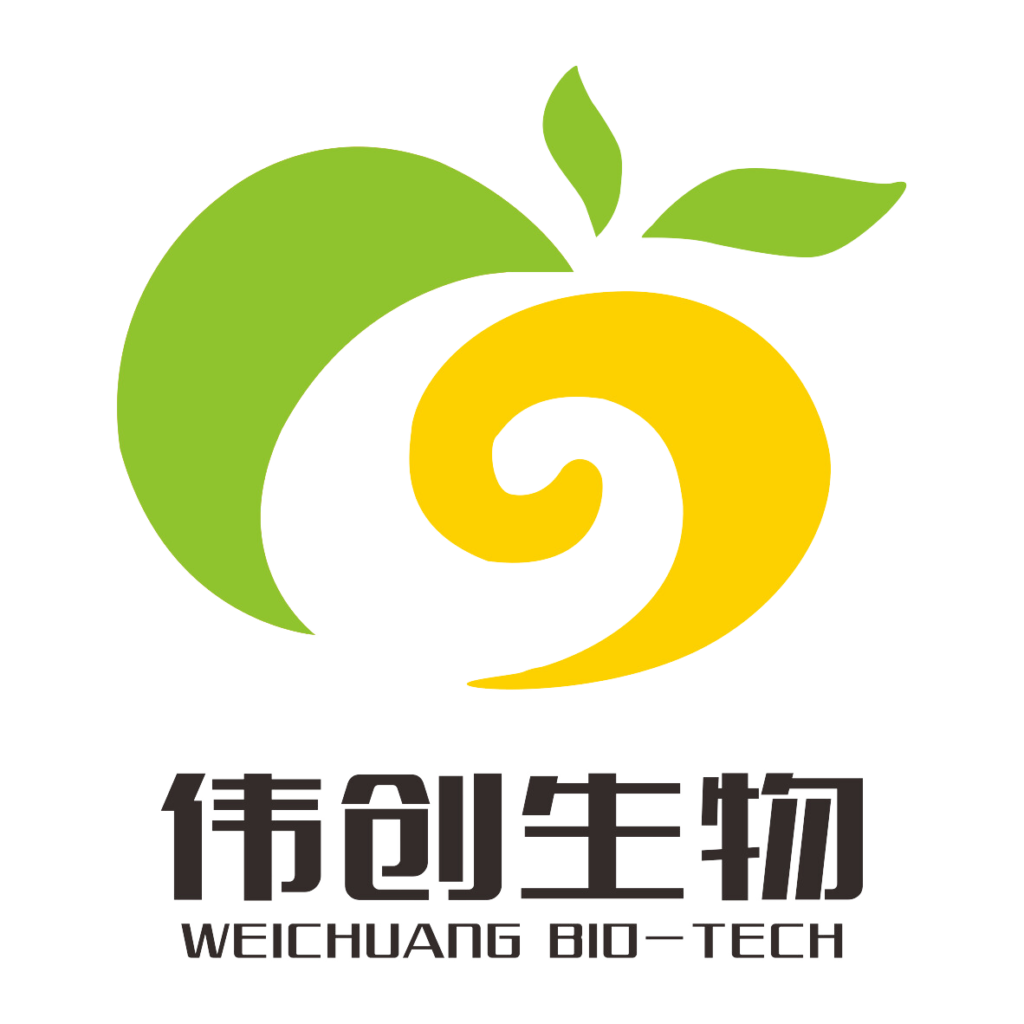How Should Buffered Vinegar Be Declared On the Label?
According to the report published by USDA in July,2024, buffered vinegar may or may not be required to be declared on the label depending on its intended use. Dried (buffered) vinegar to be added to trace lean pork trimmings intended for incorporation into fresh sausage is approved for use as a processing aid when used at the amounts listed in FSIS Directive 7120.1, “Safe and Suitable Ingredients Used in the Production of Meat and Poultry Products” . Therefore, when used according to FSIS Directive 7120.1, dried vinegar does not need to be declared on the label. Buffered vinegar used in other applications must be declared on the label. Buffered vinegar can be labeled as vinegar without declaring the individual buffering agents used (e.g., sodium bicarbonate), because those buffering agents are considered as processing aids.
